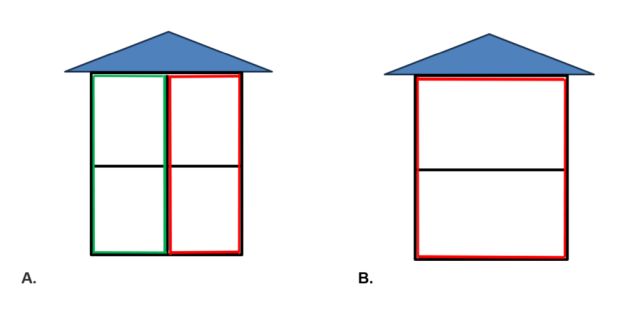What is the 'Right of First Refusal'?
When a landlord is planning to sell the freehold of a building that contains residential flats -whether by 'normal' sale or by auction – it is usually legally obliged to first (before entering into a contract with the buyer) give the flat-owners ('leaseholders') an opportunity to purchase the building on the same terms as the proposed sale. This is a legal obligation on the landlord under the Landlord and Tenant Act 1987 – in certain circumstances they must serve a notice on each of the leaseholders setting out the terms of the proposed sale and offering them a 'Right of First Refusal' (RFR). The leaseholders then have a set period of time in which to take up this offer.
This article seeks to clarify when the Right of First Refusal may apply so that landlords can protect themselves from prosecution by following all of the required relevant steps before seeking to dispose of a freehold interest.
When does the RFR apply?
The RFR applies to the disposition of certain premises, defined as being "the whole or part of a building". This generally means a separate building, or a part of a larger building that can be divided vertically from another part of the building.
In examples A and B below we show a building split into different flats. In example A the building is split into 4 flats however the area edged red would need to be treated separately from the area edged green, i.e. it would qualify as a building in its own right under the LTA 1987. This is different to example B where the building is split into a top floor flat and a bottom floor flat, in which case the whole building should be treated as one (as it is not split vertically).

There are three requirements for a sale of a property to be subject to the RFR:
- The building contains at least two flats (this includes houses which have been converted into flats)
- no more than 50% of the premises must be in non-residential use (any common parts of the building such as staircases and landings and storage areas are not included for this measurement – it only applies to parts of the premises occupied or intended to be occupied for non-residential purposes); and
- more than 50% of the flats in the premises must be held by 'qualifying tenants' (see below)
Does the RFR apply to all landlords?
No, the RFR obligation does not apply to the following types of landlords:
- Most housing authorities (i.e. local Councils, Development Corporations, etc)
- Registered social landlords and non-registered fully mutual housing associations
- Charitable housing trusts
- Landlords who genuinely live within the property (and have done so for more than 12 months), provided that the building is not a purpose-built block of flats.
Who is a 'qualifying tenant'?
The definition of qualifying tenant is particularly wide. It includes leaseholders and most fixed or periodic tenancies, with some limited exceptions. The RFR does NOT apply to shorthold or assured tenancies, business and agricultural tenancies, or tenancies which are dependent upon employment.
Any tenant that has tenancy in three or more of the flats within one building is also excluded from being deemed a qualifying tenant.
What is a 'relevant disposal'?
In order for the Right of First Refusal to be triggered, there must first be a 'relevant disposal'. A disposal by the landlord includes any sale or transfer of its interest – whether by way of a simple sale of a freehold or headlease, or where a landlord creates a new headlease to sit in between the freehold and the residential flat leases.
Certain disposals are exempt from the RFR, and these include:
- the grant of a tenancy in a single flat
- where the disposition is the result of a property adjustment order in matrimonial proceedings
- a disposition by compulsory purchase
- where the landlord is mortgaging its interest
- if disposal is by Will or via the intestacy rules
Please note that this is not an exhaustive list, and there are other situations which may be deemed to be exempt from a relevant disposal.
Why does it matter?
Until recently, there had never been a prosecution under the Act in relation to a breach of the Right of First Refusal but this is changing and a recent case was brought against a landlord who sold a block of flats without first offering the Right of First Refusal to the tenants in that building. Therefore, landlords should be concerned about the steps that are required to be followed to ensure that they do not fall foul of the rules in place.
The content of this article is intended to provide a general guide to the subject matter. Specialist advice should be sought about your specific circumstances.
We operate a free-to-view policy, asking only that you register in order to read all of our content. Please login or register to view the rest of this article.


